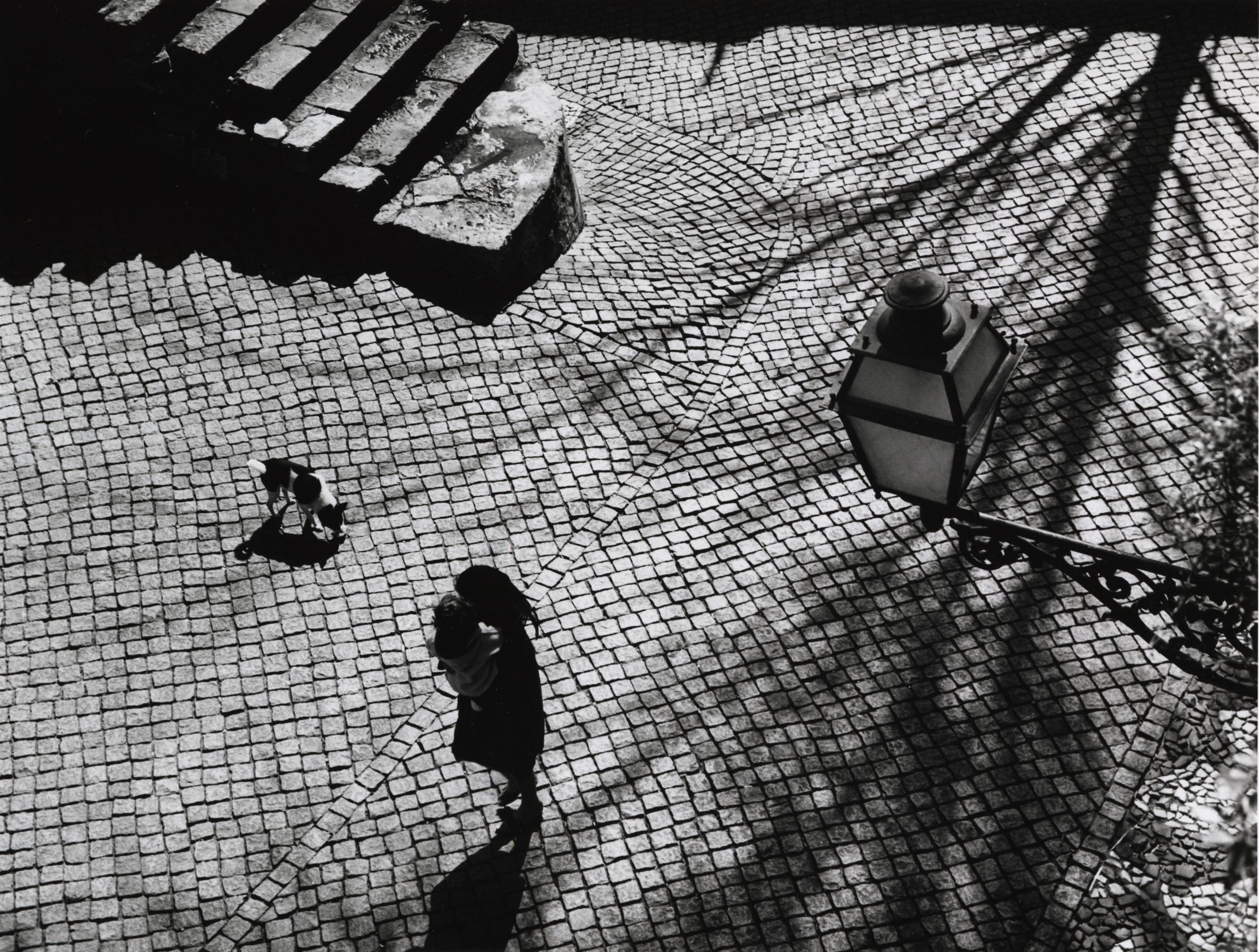Dorothy Bohm “A World Observed”/ 10.02.-7.05.2023.
Dorothea Israelit (as she then was) was born into a cultured, affluent and assimilated German-speaking Jewish family in Königsberg, East Prussia (now Kaliningrad, Russia) in 1924. In 1932 her father Tobias made the decision to move the family from Germany to Memel (now Klaipeda) in Lithuania, where until 1939 Dorothy enjoyed a happy and relatively untroubled childhood.
By then, however, the storm clouds were gathering, and just as the Nazis marched into Memelland (the Memel Territory) in March 1939, the family moved eastwards to Šiauliai. In June of that year, just before her fifteenth birthday, Dorothy was sent by her parents to the safety of England, following in the steps of her older brother Igor. In June 1941, her parents and much younger sister Dina, having moved from Šiauliai to Kaunas, were deported by the Soviets from there to Siberia. Although miraculously they survived the Second World War and its aftermath, many other family members perished at the hand of the Nazis. Dorothy was not to see her parents and sister again for over twenty years, by which time they were living in Riga. After several visits to the Soviet Union in the early 1960s, and with the help of British Labour politician Harold Wilson, she was able to get permission to bring her parents to England; a decade later, her sister was allowed to emigrate to Israel.
Dorothy spent her first year in England at a small school in the southern county of Sussex, managing (despite her lack of English when she arrived, and the huge challenges of adapting to a dramatically new life) to matriculate in just one year. By late 1940, still only sixteen, she was studying photography at Manchester College of Technology, in the north of England, where she completed a four-year course in just two years and won a prize in portraiture. In addition, during the war she was asked by the British Ministry of Information to give talks about her personal experience of Nazism in Lithuania.
After graduating, Dorothy found work at a portrait studio in Manchester and in 1946, now married to fellow refugee, my father Louis Bohm (who came to the UK from Poland in 1938), set up her own very successful Studio Alexander in the centre of the city. Although she retained the studio until 1958, her discovery of open-air photography when she began visiting the artists’ colony of Ascona, Switzerland, in the late 1940s, meant that her heart was no longer fully in it. By the late 1950s, she was travelling widely and had abandoned studio portraiture for so-called ‘street photography’. Her work of this period provides fascinating and often poignant insights into the changing face of post-war Europe, the USA, the USSR and Israel.
Having acquired British citizenship in 1947, Dorothy and Louis moved to London in 1950, though she continued to pay frequent professional visits to Manchester. A year living in Paris and another one in the USA followed in the mid-1950s, after which they made London their permanent home.
Bohm first experimented with colour photography in 1956. But her earliest cohesive body of colour work dates from the early 1980s, when she explored the poetic potential of Polaroid photography. In 1984, on a visit to the Far East, she used Kodak colour film for the first time, and thereafter abandoned black and white entirely. While the human figure in its natural setting remained the primary focus of her work, and she still used photography in its purest, un-manipulated form, her approach became more painterly and allusive, with an increasing interest in spatial and other forms of ambiguity. Although she stopped taking pictures three years ago, at the age of ninety-six Dorothy Bohm’s passionate engagement with her photography continues unabated. With some twenty-five solo exhibitions and over fifteen publications to her name, she is widely acknowledged as a doyenne of British photography.
Monica Bohm-Duchen

Dorothy Bohm “Approach to the castle. Lisbon”, 1963.




